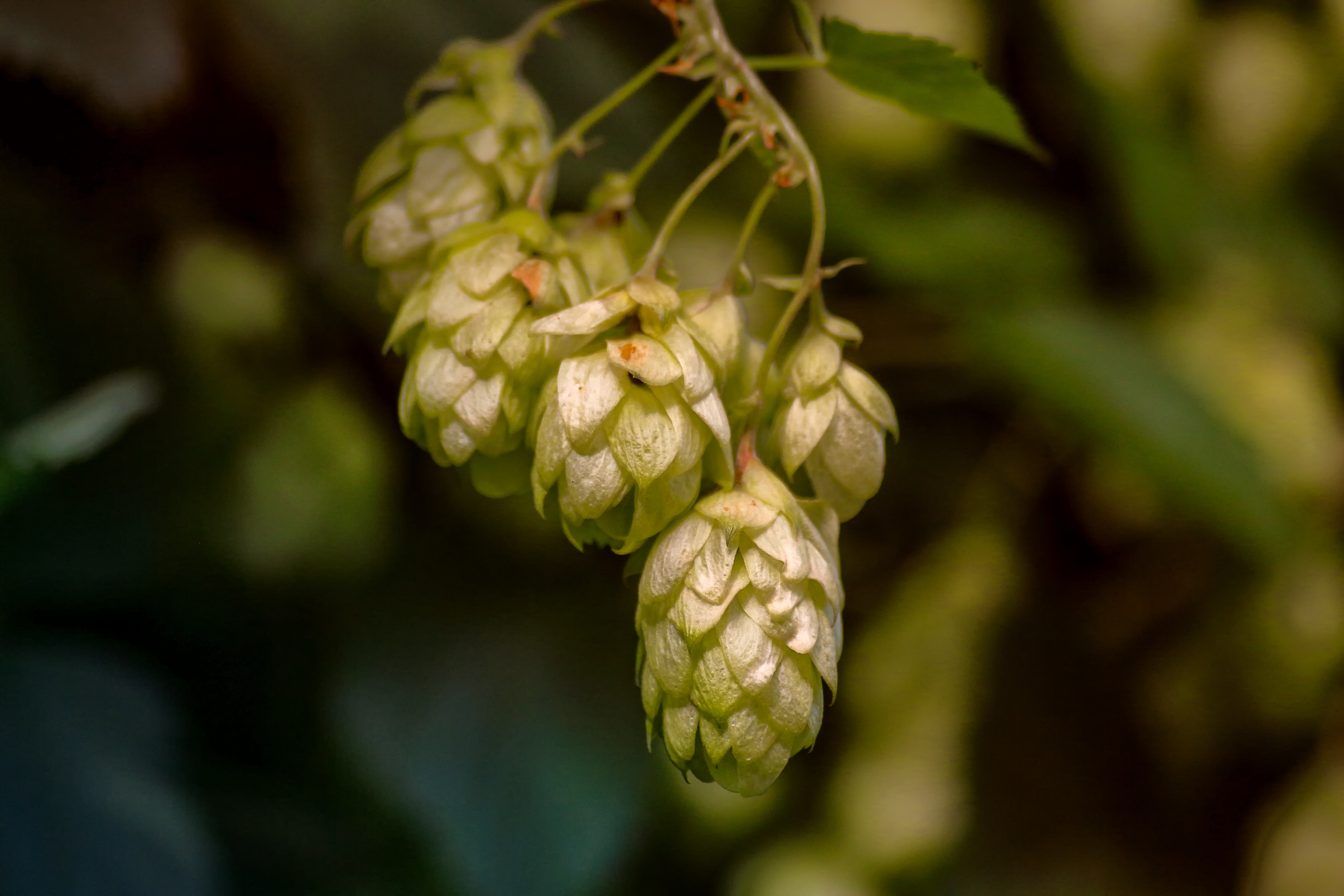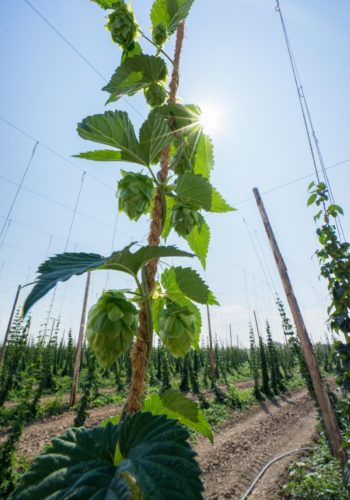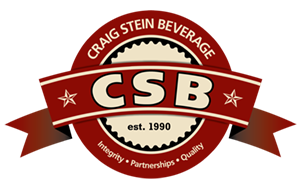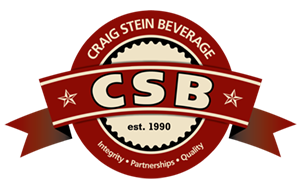Fresh Hop Season

As summer ends and fall begins, a few images come to mind. Leaves changing color, Ugg boots, chai lattes, pumpkin-flavored everything, and the settling panic that a whole year went by and you haven’t accomplished as much as you promised yourself in January. But in the craft beer world, a different image comes to mind: fresh hop beer.
People living in the PNW have the privilege of living in the region that produces the most fresh hops in the country, therefore have much more access and variety. Every year, beer lovers go crazy for the earthy, grassy aroma and taste of fresh hops. Instead of the intense bitterness that’s usually associated with hoppy brews like IPAs, fresh hop brews tend to be less bitter (even with percentages in IPA style) and much more aromatic. Fresh hop beer only appears at this time of the year, about August-September, because this is when hops are harvested. Farmers go into overdrive and work around the clock to harvest their hops and either dry them or send them to breweries.
Fresh hop brews VS dry hop brews
Before diving into exactly how fresh hops are used, lets briefly go over the difference between dry hop and fresh hop beer. Dried hops beer is created from hops that are dried in a kiln then processed as pellets. This process preserves the hops and extends their shelf life, which is why beers created with dried hops are the most popular and available year-round. If you want to learn more about dry hops and their different varieties, head over to our Hops Intro 101 post.
Fresh hop brews, on the other hand, do not go through the kiln drying process. During the magical fresh hop season, a portion of fresh hops are sent straight to breweries where they turn into fresh hop brews. The time span between fresh off the bine and into the brew must be less than 24 hours to be considered “fresh hop.”

Brewing Process
Fresh hops are a logistical nightmare. Fresh cones start to go bad shortly after they come off the bines, so loading and transporting must be done quickly and efficiently. On top of this, the brewers need to use 6 to 8 times more fresh hops than if they were to use dried hops because of the difference in water content. Fresh hops also do not have an accurate alpha acid percentage (the compound that makes beer bitter). Each variety has a range of known alpha percentage but to get an accurate percentage the growers get the hops tested after it has been dried. To get around that, brewers usually use dried hops in the first stage of the boil and then finish the brewing process with fresh hops. In order to brew fresh hops beer, the brewers need to coordinate the following:
- When will the hops be picked?
- When will the hops arrive at their brewery?
- What stage of brewing do they want to use the fresh hops?
- When should the brewing process be started so when the hops arrive, they can be used in the brew right away?
Since there are so many obstacles, fresh hop beers are usually restricted to areas that have hop farms and breweries nearby. If not, breweries will have to pay for overnight shipping, which may or may not be logical or even possible depending on the location. Since 75% of hops in the US are grown in Yakima Valley, the PNW has become the mecca of fresh hop beer. Beer lovers flock to Fresh Hop Festivals held in Portland, Seattle, and Yakima every year. And fresh hop beer is not just some hipster trend. It’s the celebration and appreciation of hops and its farmers and to be thankful for over 100 varieties of hops that help give birth to new styles and flavors of beer.
Written by Jan Fogg
Purchasing Assistant


